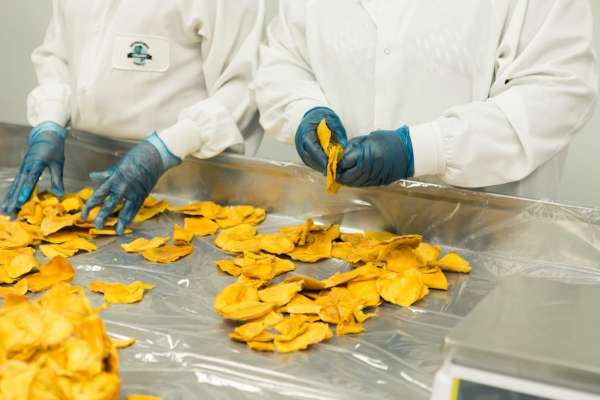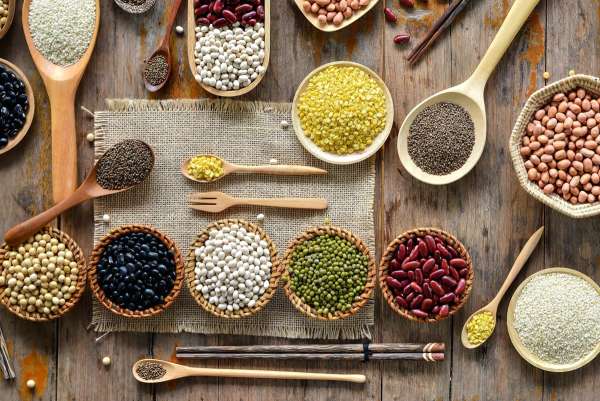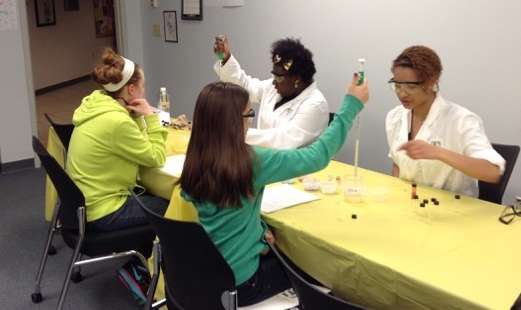AFNR food science
Lessons
# Is our food safe?
Students watch videos and read an article excerpt to think about food safety as a national and global issue. Restaurants are evaluated by food inspectors. Students read about safety violations and watch videos to determine the consequences of food safety violations.
Files
# Rate your snack
Snack foods are available everywhere. What makes a snack healthy? Students evaluate a snack food.
Files
# What are the careers in food science?
Students investigate one of twelve different careers in food science.
Files
# Food Biology
Students observe different types of bread after one week to determine what factors affect food spoilage and mold growth, then make root beer, using living organisms to help make a food product.
Files
# Food Chemistry
Students make ice cream and investigate thermodynamics and physical changes while making ice cream.
Files
# Food Product Development and Marketing
Students use package design to attract a target audience to a creative product.
Files
Teacher background
Although farmers have continued to raise the same animals and crops for food for decades, we are seeing new foods at the grocery store each week. Food is big business and more and more products are released to meet the demands of gluten-free, organic, vegetarian and other diets, from fishless fillets (really, no fish) to nacho cheese flavored taco shells, food scientists are at work! It takes chemists, biologists, physicists, inspectors, and more to create these products, package and market them.
Next gen science standards
Science and engineering practices
- Analyzing and interpreting data
- Obtaining, evaluating, and communicating information
Crosscutting concepts
- Cause and effect
Disciplinary core ideas/content
- LS1B Growth and development of organisms
- PS1B Chemical reactions
- PS2B Types of interactions
- ETS2B Influence of engineering, technology and science on society and the natural world







Share this